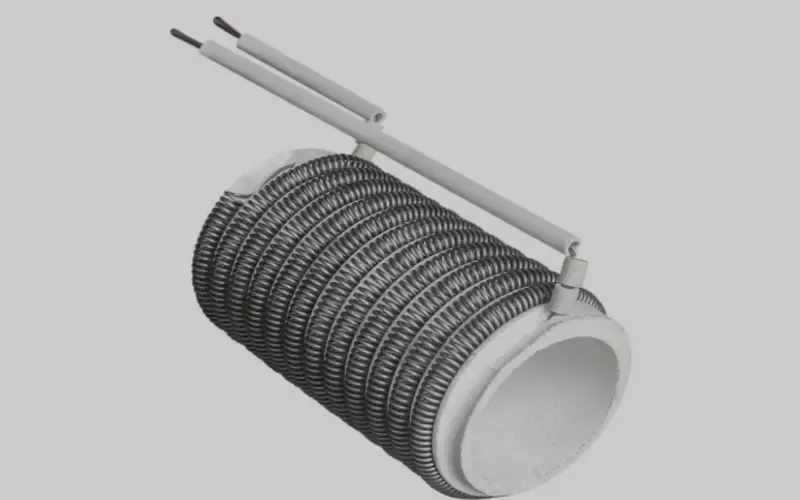
Your ceramic heating coils offer greater durability and lifespan, superior performance, and a lower risk of wick burn. Cotton coils have a lower initial cost and stronger initial flavor, but demand frequent replacements and maintenance.
2. What are Heating Coils?
-
Your heating coils are components used in systems such as industrial equipment and HVAC systems and vaping devices to produce heat.
-
Your heat coils convert electrical energy into heat using electrical resistivity. Some transfer thermal energy using steam or hot water.
2.1 Types of Coil Materials
2.1.1 Ceramic Heat Coil
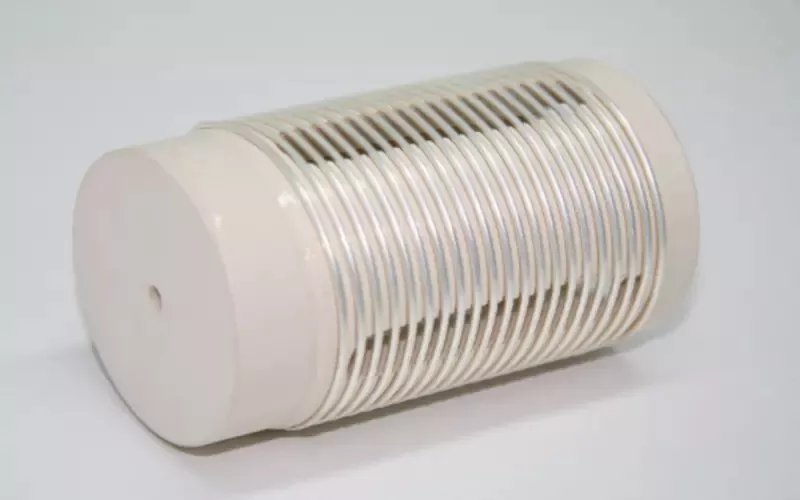
-
Milikmu keramik heat coil is a porous ceramic material made from aluminum oxide, silicon carbide or zirconia. It allows heat to be drawn smoothly and tolerates high heat. Your ceramic vape coils deliver durability, safety and pure flavor.
2.1.2 Cotton Heating Coil
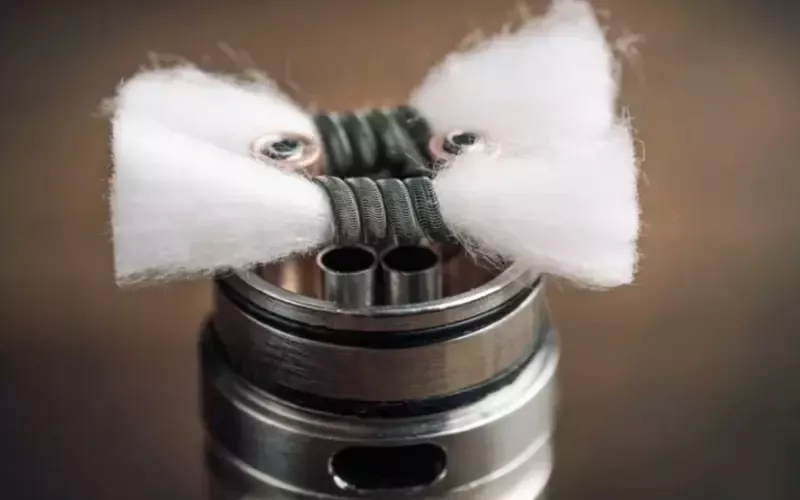
-
Your cotton coils are natural fibers that highly absorb liquids. They provide fast wicking but pose burnout risks and their flavor degrades over time.
2.1.3 Mesh Coils
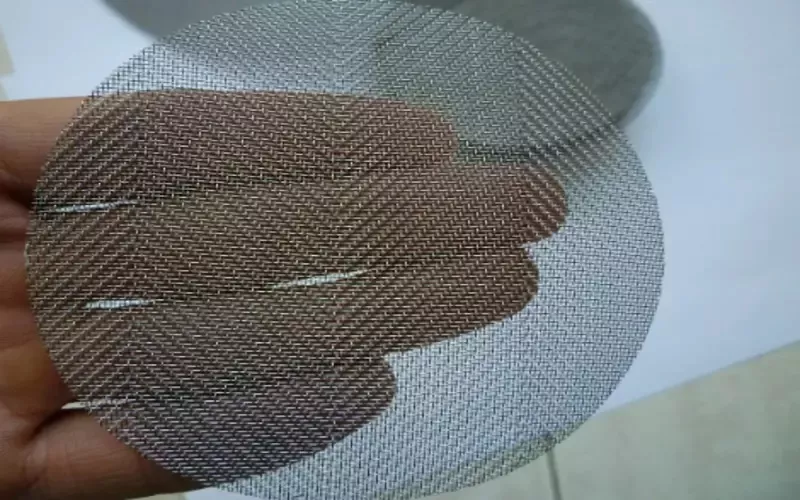
-
Your mesh coils are sheets of metal that have a big surface. They heat fast and evenly and provide intense flavors, but have limited compatibility and high cost.
2.1.4 Traditional Coils
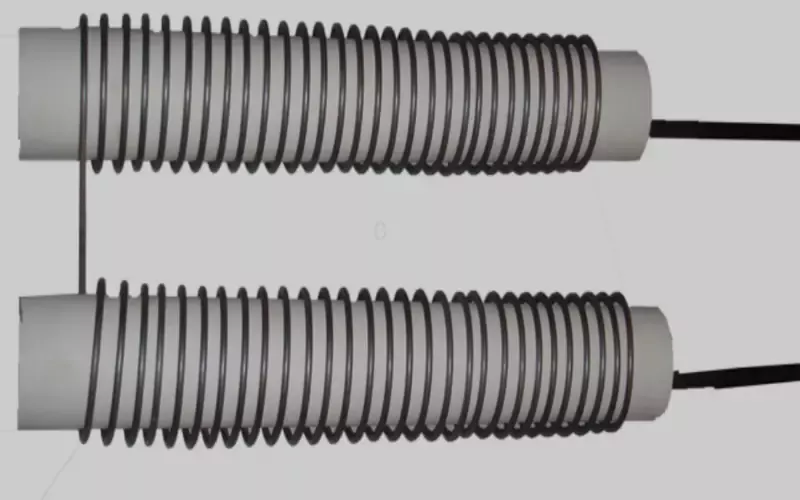
-
Traditional coils refer to various metal wires such as nichrome, kanthal and stainless steel. They are ideal for standard wattage vaping and temperature control.
3. How Ceramic Heating Coils Work
-
Your ceramic heating coil uses resistive heating to produce heat from electrical energy. The heat is distributed via a porous ceramic structure containing ceramic heating elements. The porous structure ensures even heat distribution, leading to longer lifespan and reduced dry hits risk.
4. Properties and Merits of Your Ceramic Heating Coil
4.1 High Temperature Resistance
-
Advanced ceramic materials like alumina Dan silikon karbida resist temperatures >1700°C. Your ceramic heating coil thus withstands extreme temperatures without melting.
4.2 High Stability
-
Due to ceramic materials’ stability under extreme conditions, your ceramic heat coils resist thermal shock and deformation.
-
Their stability contributes to durability and reliability in your industrial machinery.
4.3 High Mechanical Strength
-
Your ceramic materials deliver comprehensive strength >2-3.9 GPa and flexural strength 386-1200+ MPa. This high strength allows your ceramic heating elements to withstand impact and vibrations without breaking.
-
By preventing cracks, ceramic coils contribute to increased longevity.
4.4 Consistent Vape Flavor
-
When your cotton coils are used for vaping, taste degrades over time. Your ceramic vape coils provide consistent vaporization which contribute to a clean, pure taste that lasts long.
4.5 High Electrical Resistance
-
Your alumina, SiC and Si3N4 (silikon nitrida) heating coils deliver dielectric constant 8.0-9.8 and resistivitas listrik 1012-1018 ohm-meters.
-
This ensures your ceramic heating coil effectively passes electricity through resistive elements.
4.6 Energy Efficiency
-
Comparing ceramic coils vs traditional coils, your ceramic heating elements deliver up to 30-40% energy savings. This is because your ceramic coils heat up faster and distribute heat evenly.
4.7 Safety
-
When choosing between ceramic coils vs traditional coils, your ceramic coils ensure improved safety. This is due to their stability, non conductive outer surface, and lower burnout rate.
“After switching to ceramic heating coils in our systems, replacements reduced by 75% and energy wastage reduced by 35%.” — Jane Oeltjen, Operations Engineer, Chencom Solutions
5. Drawbacks of Ceramic Heating Coils
5.1 Higher Initial Cost
-
Comparing ceramic vs traditional coils, your ceramics have higher initial cost. This is due to the materials used and the precise manufacturing processes involved.
5.2 Fragility
-
Your ceramic heaters are more fragile due to their brittleness, demanding careful handling.
6. Properties and Merits of Cotton Coils
6.1 Strong Initial Flavor
-
Weighing up cotton vs ceramic coils, your cotton delivers a stronger initial flavor detection. It’s therefore ideal for vape users who want a sharp initial flavor.
-
But since cotton degrades over time, the flavor fades with it.
6.2 High Liquid Absorption
-
For your vaping application, cotton coils provide quick wicking. This is due to the material’s natural fibers, which soak e-liquid readily.
6.3 Soft and Breathable
-
Cotton fibers’ flexibility and porosity that support airflow through the coil enhance your vaping experience. Since cotton is breathable, it is easier to integrate into your vaping devices.
6.4 Lower Initial Cost
-
Your cotton coils raw materials are less expensive and the manufacturing process is cheaper. This contributes to a lower initial price than ceramic vape, making them ideal for short term use.
-
However, cotton coils degrade over time and need more frequent replacements than ceramic coils.
7. Disadvantages of Cotton Coils
7.1 Short Lifespan
-
When subjected to heating cycles, your carbon coils degrades over time as the fiber burns. This causes taste to change or a burnt taste. Therefore, frequent replacements are needed.
7.2 High Burnout Risk
-
Due to cotton’s organic nature your cotton coils face risk of dry hit, fibre burning and overheating when used under high heat.
7.3 Frequent Maintenance
Your cotton heating coil must be frequently cleaned, wicks trimmed and coils replaced. This means higher maintenance is required for your process.
7.4 Flavor Degradation
For your vaping, a ceramic vape delivers a stable flavor over time. In contrast, your cotton experiences burnouts, residue build up and fibre damage. This causes the flavor to decrease over time and a burnt taste.
8. Cotton Vs Ceramic Coils Comparison Table
CeramicCoilVsCottonCoil_Table1.png
|
Criterion |
Ceramic Heating Coil |
Cotton Coil |
|
Jangka hidup |
Higher durability, long service life |
Shorter life, frequent replacements |
|
Temperature resistance |
Excellent (>1700°C) |
Sedang |
|
Mechanical strength |
High strength, but brittle |
Less brittle |
|
Initial cost |
Higher upfront |
Lower upfront |
|
Pemeliharaan |
Low maintenance, fewer replacements |
Higher maintenance, frequent wick changes |
|
Flavor stability |
Long-term consistent flavor |
Initial stronger flavor but degrades over time |
|
Keamanan |
Stable heating, lower wick burn risk |
High risk of dry hit or burnt wick |
Table: Comparison of the properties and performance of cotton vs ceramic coils
Data source: Mater. Sci. Eng. 2025; 109(2): 021004; IEEE Trans. Compon. Packag. Manuf. Technol., vol. 12, no. 2, pp. 21004–21012, Feb. 2025
9. Why Your Ceramic Coil Is Preferred Over Cotton For Your Vape
-
When assessing ceramic coil vs cotton coil, your ceramic heating elements outperform cotton. This is because they deliver better long term value, lower maintenance and consistency.
-
Select GGSCERAMIC for ISO-certified ceramic vape coils solutions that guarantee reliability in your application.
“After switching from cotton to ceramic coils, our product quality significantly improved. Burnt taste complaints from our customers reduced by nearly 90%.” — Daniel M., Product Manager, Vapotastes
10. Applications of Ceramic Heating Coils
10.1 Vaping Devices
-
Your ceramic vape coil is used as the heating substrate in vaping. Due to the ceramics’ porous structure, they retain the liquid and ensure that vaporization is stable. Your ceramic vape delivers better flavor consistency and reduced replacements in your vaping setups.
10.2 Ceramic Infrared Heaters
-
Your ceramic materials provide the high-temperature resistance required by infrared heaters in your HVAC and heating appliances. Your ceramic heating coil ensures efficient IR heat radiation.
10.3 Industrial Ovens and Machinery
-
Because ceramic coils withstand extreme heat without frequent replacements, they’re ideal for your industrial ovens, kilns, and heavy-duty machinery.
10.4 Medical Devices
-
Your medical sterilization equipment and heat therapy devices would fail if low-precision traditional or cotton coils are used. Your ceramic coils provide small-scale, high-precision thermal control, ensuring manufacturing compliance.
10.5 Water Heaters
-
Metal coils would corrode over time if used in your water heaters or home appliances. Your ceramic heating coil resists corrosion and scaling and ensures longer service life.
11. Heating Coil Selection Criteria: Ceramic Coil Vs Cotton Coil
11.1 Selection Flowchart
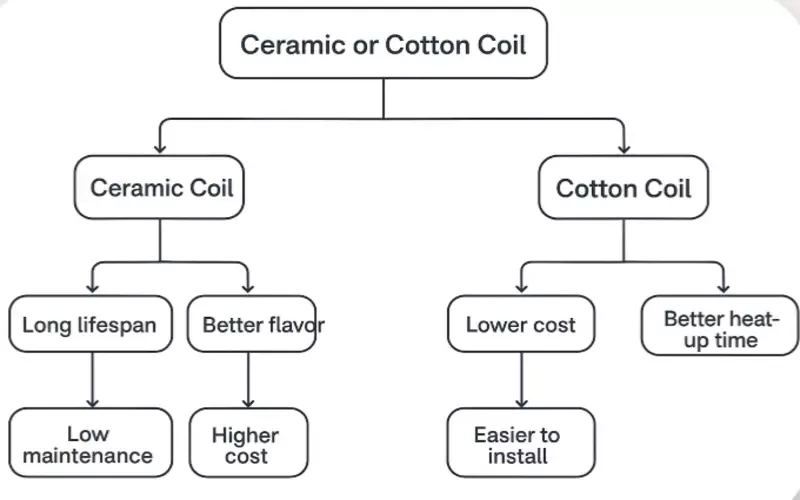
11.2 Certification Checks For Quality
Your ceramic heating coil must meet strict ASTM and ISO standards. Always verify…
11.3 Ceramic Heating Elements Manufacturers and Suppliers
-
For competitive pricing, technical assistance, and high quality products, choose China ceramic heating coil manufacturers.
-
Select GGSCERAMIC® for ISO-certified solutions that guarantee consistency in your application.
Kesimpulan
Your heating coils should offer stability, long service life, and fast, even heating. When weighing your ceramic coil vs cotton coil, your ceramic materials win. This is due to their higher durability, higher temperature resistance and consistent flavor.
FAQs: Ceramic Vs. Cotton Coils
Q: How does a ceramic heating coil work?
A: Your ceramic heating coil uses resistive heating through a porous ceramic structure. The ceramic acts as a distributor of heat and insulation, ensuring even heat distribution.
Q: Why are ceramic heating coils preferred over cotton coils?
A: Your ceramic heat coils provide durability, safety, and consistent flavor. Cotton coils degrade quickly and require frequent replacement.
Q: Are ceramic coils safe for vaping?
A: Yes. Your ceramic coil is stable, non-conductive on the surface, and reduces burnout risks.
Q: Do ceramic coils last longer than cotton?
A: Yes. Your ceramic coil lasts significantly longer due to its resistance to heat and wear.
Q: What are some drawbacks of ceramic heating coils?
A: Your ceramic heating coils have a higher initial cost and risk of brittleness compared to cotton-wick coils.